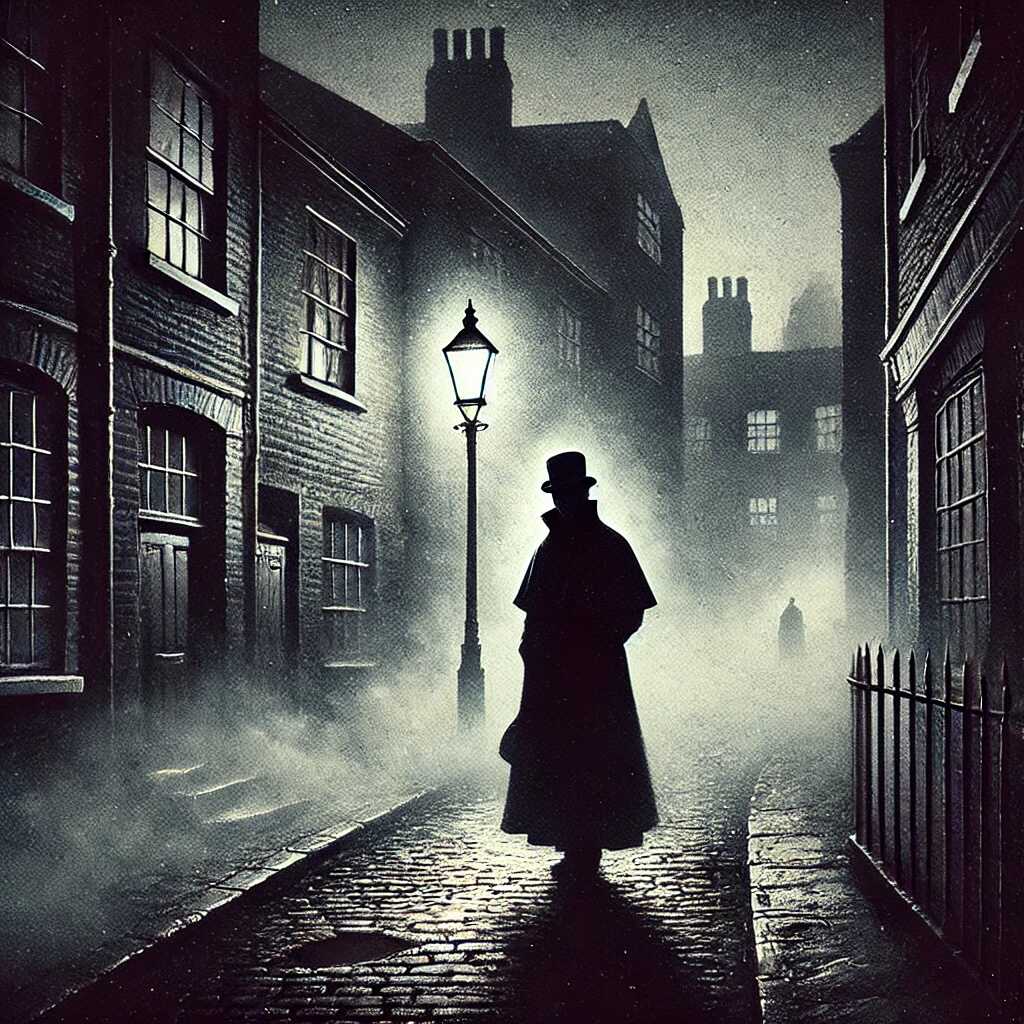
Jack the Ripper: The Darkest Mystery in History That Still Haunts the World

Jack the Ripper, an infamous figure shrouded in mystery, terrorized London's Whitechapel district in 1888. His name evokes a chilling blend of horror and fascination, as he remains one of the most notorious serial killers in history. The case of Jack the Ripper has endured through time, not just for the brutality of the murders but also for the questions it leaves unanswered about the killer's identity, motives, and ultimate fate.
The Whitechapel district in the late 19th century was a bustling yet impoverished area, home to many laborers and immigrants struggling to make a living. The conditions were grim: overcrowded slums, rampant poverty, and limited policing created a breeding ground for crime. Amid this chaos, the Ripper's murders began, targeting vulnerable women who worked as prostitutes to survive. His first widely accepted victim, Mary Ann Nichols, was discovered on August 31, 1888. Over the following months, Annie Chapman, Elizabeth Stride, Catherine Eddowes, and Mary Jane Kelly were brutally killed. The murders were characterized by gruesome mutilations, with Kelly's death being particularly horrific.
What made these crimes even more terrifying was the killer's seeming ability to vanish without a trace. Whitechapel was densely populated, and yet no one ever saw the Ripper commit his acts. The darkness of the narrow alleys, the lack of modern lighting, and the anonymity provided by the urban sprawl worked in his favor. This ability to evade detection created a sense of omnipresence, amplifying public fear and media frenzy.
The Ripper's notoriety was fueled by the press, which sensationalized the murders and turned them into a public spectacle. Newspapers coined the name "Jack the Ripper" after a letter supposedly written by the killer was sent to the Central News Agency. The authenticity of this and other letters, such as the infamous "From Hell" letter, remains highly disputed. Nevertheless, these correspondences captured the public's imagination and added an almost theatrical element to the case.
The investigative techniques available to the police at the time were rudimentary. Forensics as we know them today did not exist, and the police relied heavily on witness testimony and circumstantial evidence. This limitation, combined with the chaos of Whitechapel, hindered the investigation. It also didn't help that there were no clear protocols for preserving crime scenes, and evidence was often contaminated or mishandled. The lack of reliable tools to analyze physical evidence left investigators chasing shadows.
Over the years, numerous theories have emerged about the identity of Jack the Ripper. Some point to Montague John Druitt, whose suicide shortly after the murders raised suspicion, though no concrete evidence links him to the crimes. Aaron Kosminski, a Polish barber and immigrant, was also considered a prime suspect. Modern DNA analyses have tentatively linked him to one of the victims, but these findings are controversial and far from conclusive. Dr. Francis Tumblety, an eccentric American doctor known for his misogyny, was another individual scrutinized by authorities. Walter Sickert, a British painter, has also been the subject of theories due to the dark and unsettling nature of his artwork. Others speculate that the killer could have been someone of high social standing, such as a member of the royal family, who used their privilege to evade suspicion.
The possibility of the Ripper being a woman has also been considered. This theory, often referred to as the "Jill the Ripper" hypothesis, suggests that a midwife or female doctor could have carried out the crimes, with her profession explaining how she avoided suspicion and moved freely through the streets without drawing attention.
Jack the Ripper's murders not only shocked Victorian society but also forced it to confront its own failings. The case highlighted the dire conditions in areas like Whitechapel, bringing attention to urban poverty, the exploitation of women, and the need for social reform. It also prompted the development of modern policing methods. The idea of criminal profiling, for example, began to take shape as authorities speculated about the psychological characteristics of the killer.
The cultural impact of Jack the Ripper extends far beyond the streets of Victorian London. His story has inspired countless books, films, and documentaries, making him a figure of macabre fascination. From the haunting portrayals in From Hell to detailed studies in criminology, the Ripper's legacy continues to captivate. The allure lies not just in the gruesome details of the murders but in the mystery that surrounds them. Who was he? Why did he kill? And why did he stop?
Even today, advancements in forensic technology have failed to provide definitive answers. DNA evidence, handwriting analysis, and psychological profiling have all been applied to the case, but the Ripper's identity remains elusive. This lack of resolution fuels ongoing interest and ensures that Jack the Ripper's story endures as one of history's most compelling unsolved mysteries.
Jack the Ripper represents the archetype of the unknown villain, a shadowy figure who eluded justice and left a legacy of fear and speculation. The fascination with his story is a testament to humanity's enduring curiosity about the darker aspects of history and the limits of our ability to uncover the truth.


